We use cookies to make your experience better. To comply with the new e-Privacy directive, we need to ask for your consent to set the cookies. Learn more
How To Treat Stomach Ulcers in Horses
Gastric ulcers in horses are more common than many owners realise. These painful sores in the lining of your horse’s stomach can impact performance, appetite, behaviour, and overall well-being. The good news? With the right treatment plan, most horses can recover quickly and comfortably.
In this guide, we’ll walk you through how to effectively treat stomach ulcers in horses based on best practices.
Start With a Diagnosis
If you suspect your horse may have a stomach ulcer, the first step is to confirm the diagnosis. The only way to know for sure is through a gastroscopy, a simple procedure performed by your veterinarian using a small camera to view the stomach lining.
Some common signs include reduced appetite or picky eating, weight loss, behavioural changes under saddle, girthiness during grooming, and a dull or poor coat. These symptoms aren’t exclusive to ulcers, but they should prompt a conversation with your veterinarian. Early diagnosis helps avoid complications and speeds up recovery.
Omeprazole: The Gold Standard for Treatment
The most widely used and trusted treatment for gastric ulcers is omeprazole, a proton pump inhibitor (PPI). It reduces stomach acid production, giving the ulcers time to heal.
AbPrazole (omeprazole granules) is an easy-to-administer, palatable formulation designed specifically for horses, proven to treat equine gastric ulcers effectively.
For best results, AbPrazole should be administered on an empty stomach, followed by a 30-minute to 60-minute delay before feeding. A complete 28-day treatment course is typically recommended, but your veterinarian may adjust this depending on your horse’s response.
Support Ulcer Healing With Sucralfate
AbSucralfate (sucralfate granules) works by coating and protecting the ulcerated areas. It acts like a physical barrier, shielding the sensitive tissue from acid and digestive enzymes. This supports healing and may help reduce discomfort during the early stages of treatment.
Best Practice: Combine Treatments for Maximum Results
The most effective treatment approach involves combining both omeprazole and sucralfate. AbPrazole, together with AbSucralfate maximises outcomes. By reducing stomach acid and protecting the ulcer site simultaneously, this combination is especially useful for moderate to severe cases.
Manage Your Horse’s Environment and Routine
Medication is only part of the picture. Encouraging near-constant access to forage, whether hay or pasture, helps buffer stomach acid. It’s also essential to limit high-starch grains and avoid long periods without food, particularly overnight. Feeding a small chaff meal before exercise may help reduce gastric acid splashing.
Stress management is just as vital. Consistent turnout, a predictable routine, and avoiding frequent travel or abrupt changes can reduce the risk of new or recurring ulcers. Spread meals throughout the day and avoid feeding large portions in one sitting.
How Long Does Treatment Take?
Most horses begin to show improvement within the first one to two weeks of treatment with AbPrazole and AbSucralfate, but healing typically takes a full 28 days. In some cases, your vet may recommend a tapering schedule or long-term maintenance.
Horses prone to ulcers, such as competition horses or those in high-stress environments, may benefit from continued support after the initial treatment phase.
It’s natural to be concerned when your horse isn’t feeling well. Fortunately, stomach ulcers are highly treatable, and your horse can return to full health with the right approach. With trusted products like AbPrazole and AbSucralfate, Abler makes it easier to give your horse fast, effective ulcer relief. Not sure where to start? Speak to your veterinarian or use Abler’s free dosage calculator to find the right treatment plan for your horse.

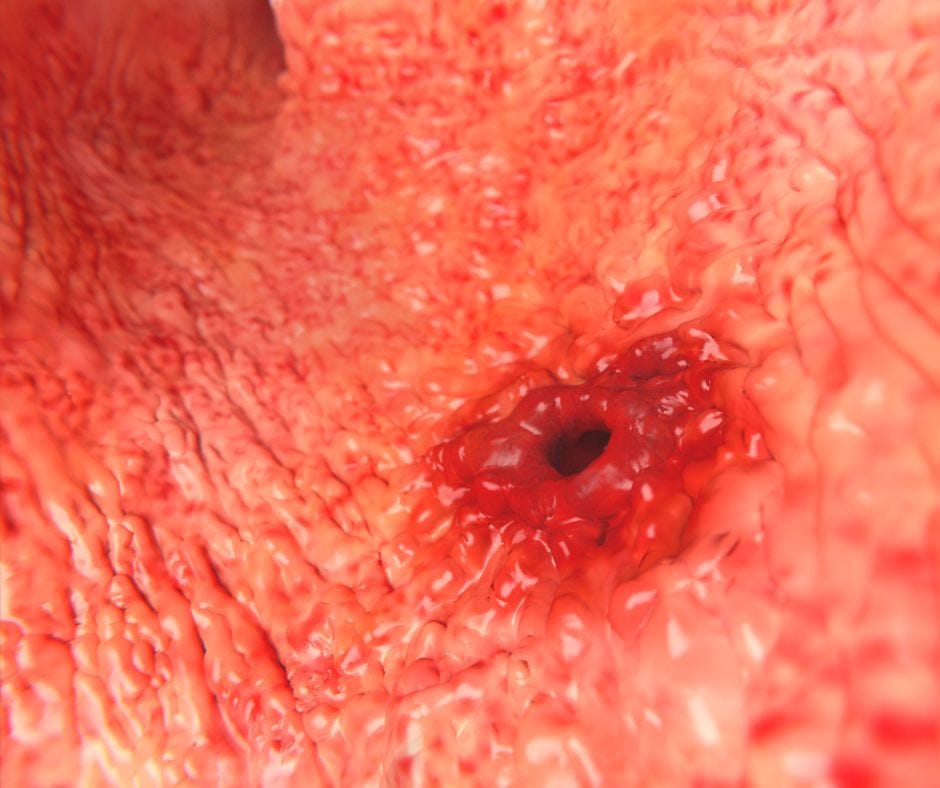
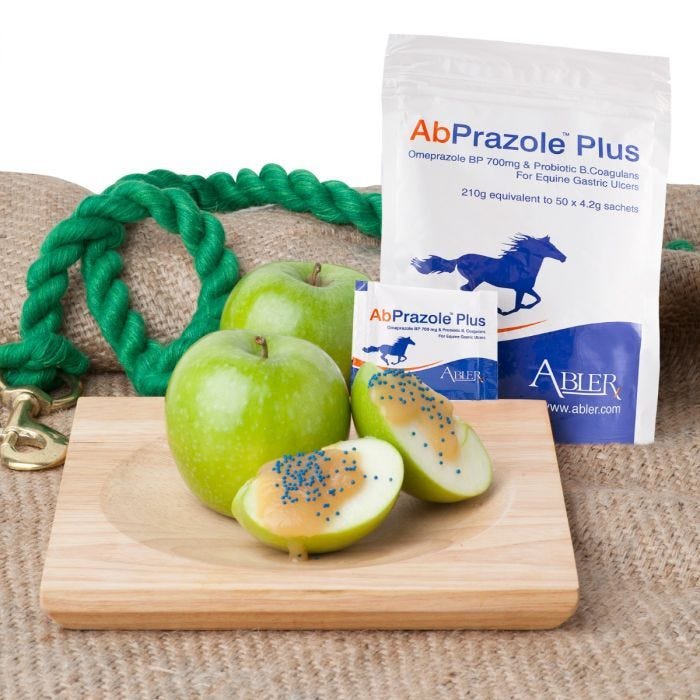
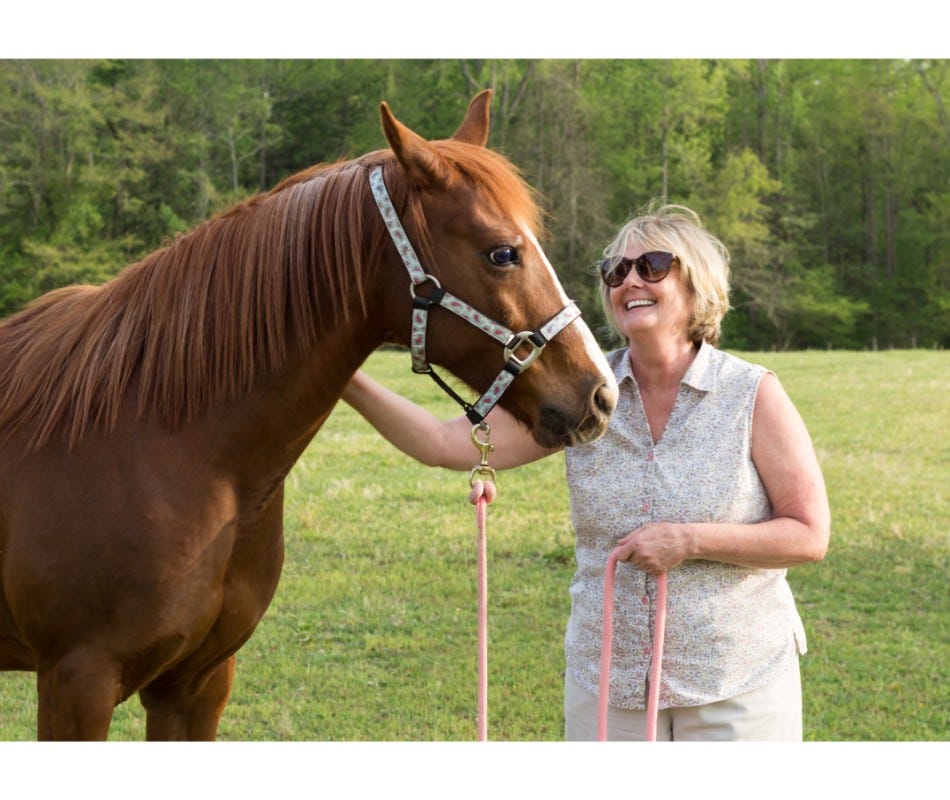
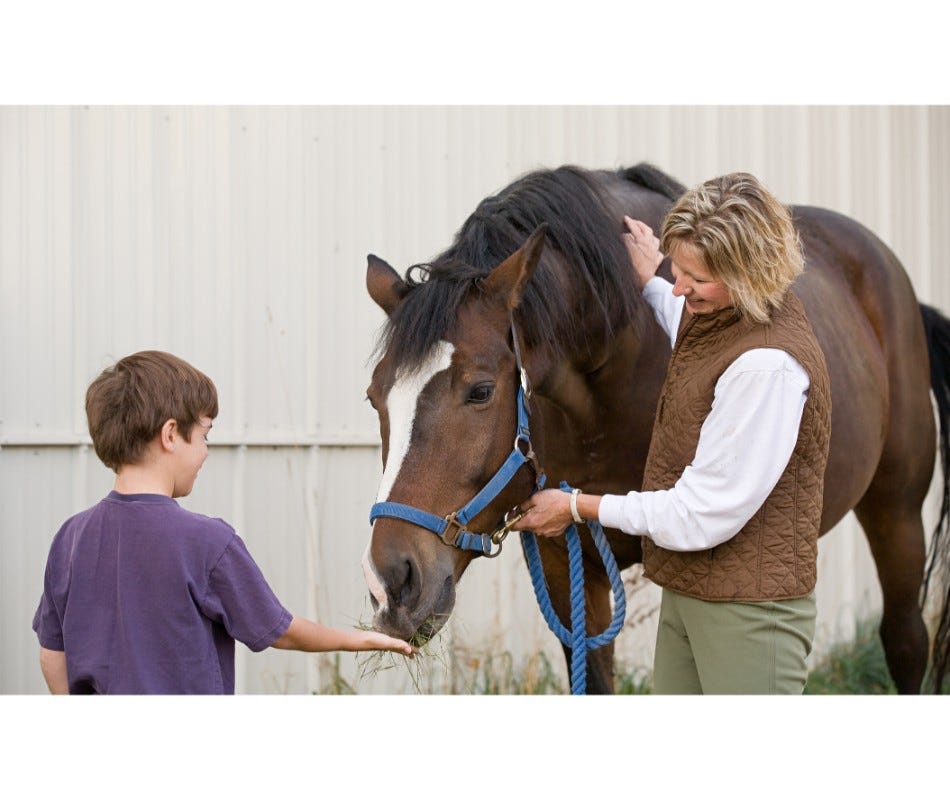
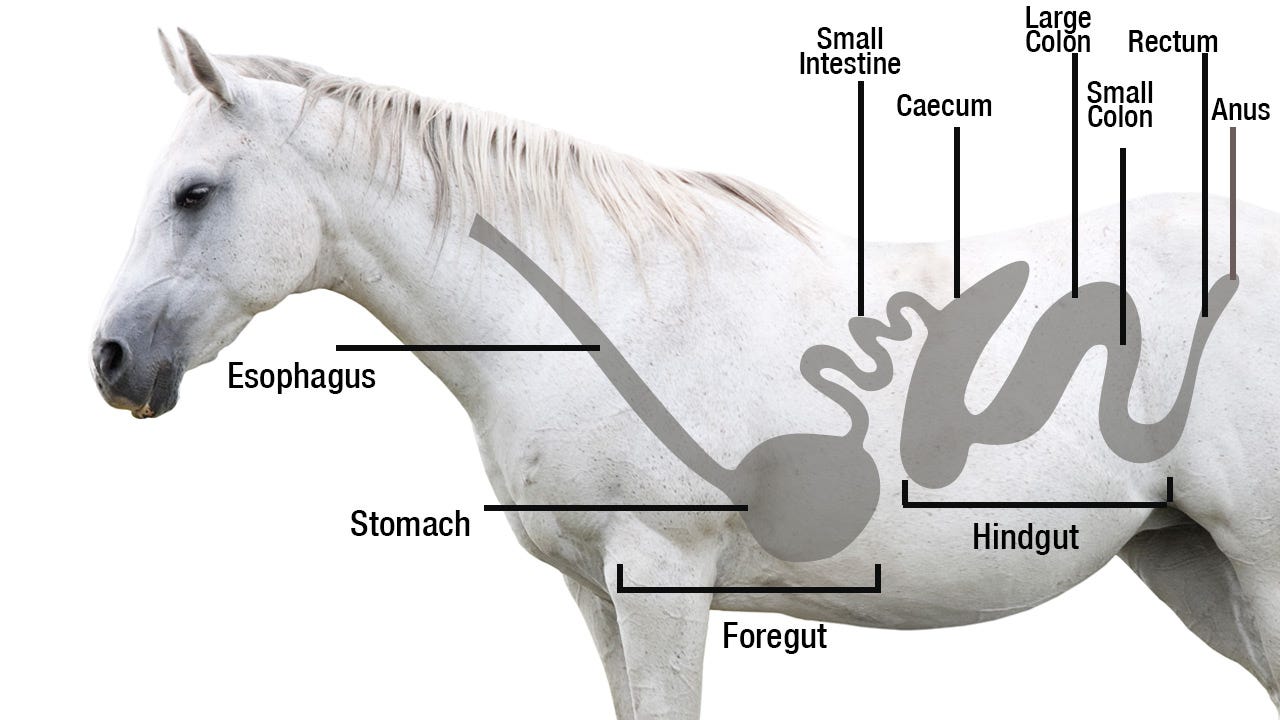
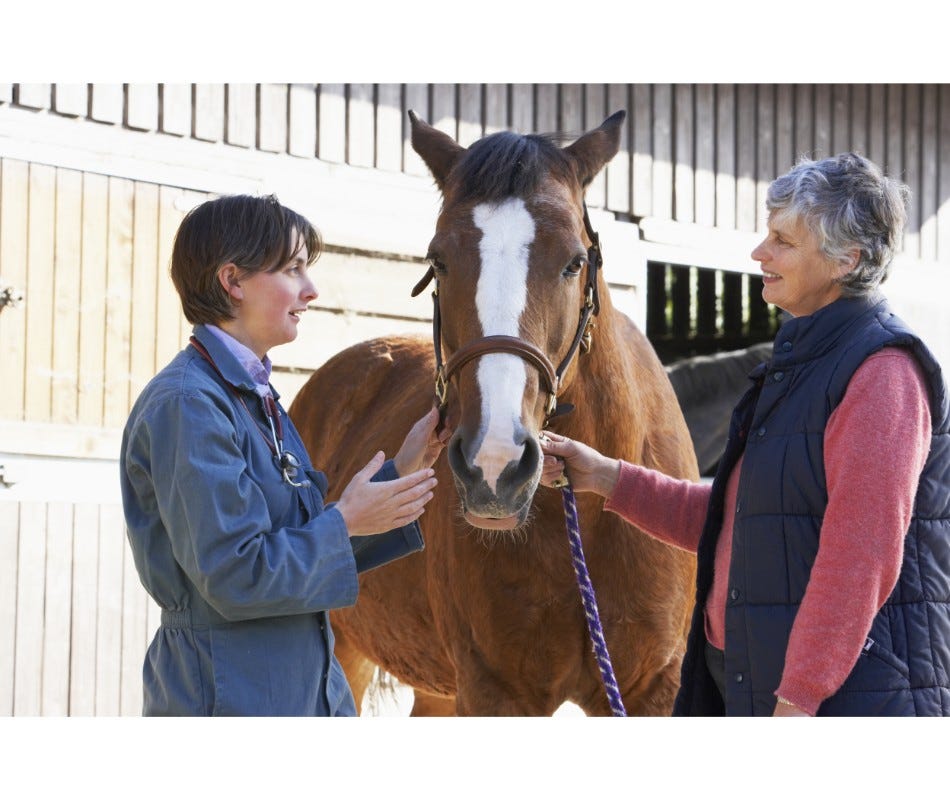
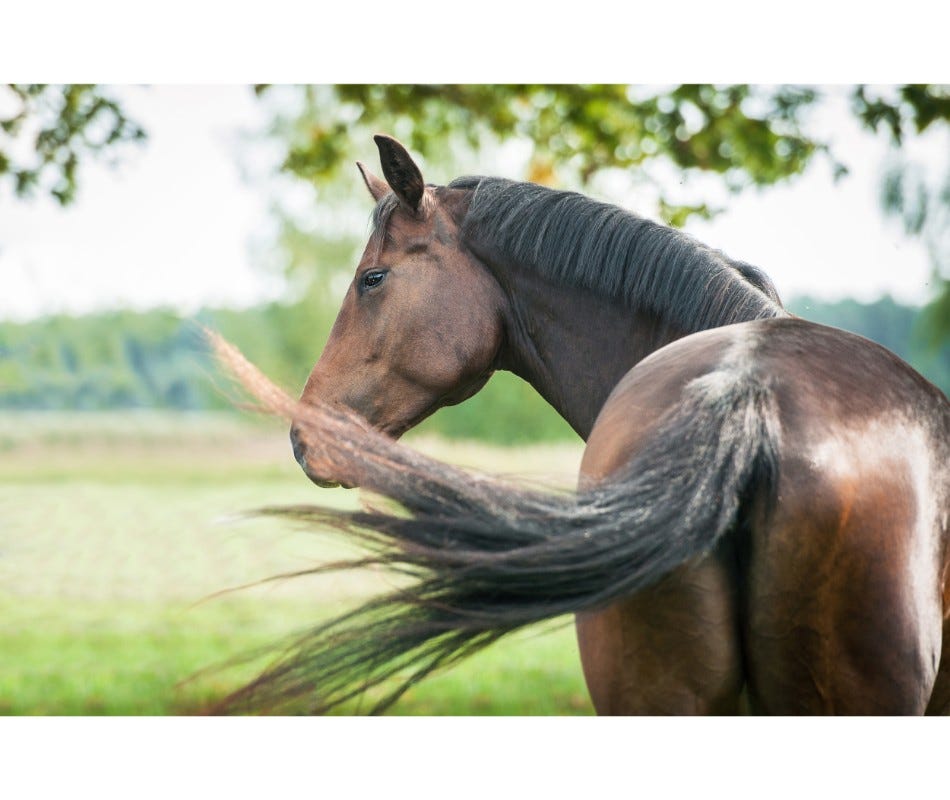
Validate your login